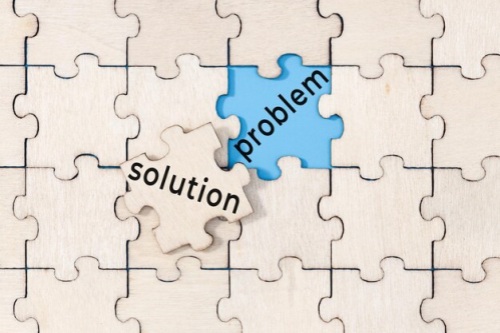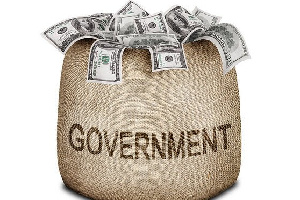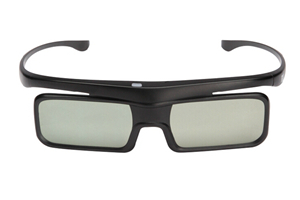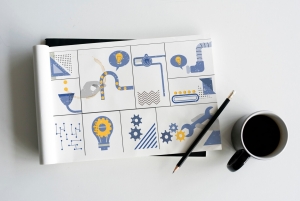A Revolution in Retail Recycling?
Narrator: The bicycle business is booming.
Helen Barrett: Hi.
Lincoln Romain: Hi. How are you doing?
Narrator: Lockdowns have driven people outdoors, pushing cycling-related sales up 45 per cent in the UK in 2020. New stock is snapped up.
Lincoln Romain: People walk in wanting a bike, a new bike, and you have no bikes.
Narrator: And here at Brixton Cycles, there’s a constant stream of old bikes coming in for repair. Demand is high. There’s a three-week wait if you want to service your bike.
Lincoln Romain: We fix a lot of bikes.
Helen Barrett: You’re resurrecting bikes.
Lincoln Romain: Resurrection. You know?
Narrator: Recycling and repairing used stock is sustainable for the small shop. Now bigger businesses are aiming to achieve similar circular economies on a much larger scale. Across town, at one of its UK superstores, sporting retailer Decathlon is adopting a more sustainable strategy with its damaged goods.
Helen Barrett: Hi, Nick.
Nick Connell: Hi.
Narrator: Nick Connell is UK project leader for the recently-launched Second Life Scheme. Imperfect stock that can’t be sold new and may have been previously broken down for parts is now on the shelves at a discount.
Helen Barrett: So this is damaged goods?
Nick Connell: Correct, yes. This is a grade A, which means it’s never left the warehouse, and as you can see it’s practically brand new, and that’s how it came today.
Helen Barrett: Should we give it a test?
Nick Connell: Of course, yeah.
Narrator: For employees like Nick success is measured in CO2 savings. By estimating how much CO2 it took to make the damaged or returned item, selling or reselling it is recorded as a saving.
Nick Connell: We can measure all of the CO2 output we have. So a bike being 100 kilos of CO2, a treadmill being 1,000 kilos of CO2.
Narrator: Initial demand has been strong. More than 800 Second Life items sold in the first month, meaning some 95,000 kilos of CO2 emitted in their manufacture didn’t go to waste. But either way, it’s profit, not CO2 savings that keeps superstores viable, and that means shifting new stock.
Helen Barrett: How do you reconcile that with the environmental targets that you’ve set yourself?
Nick Connell: It’s going to drive traffic to the stores anyway, but also to further order these products away, it’s about like it doesn’t make sense.
Narrator: It’s time to test that Second Life stock.
Nick Connell: Enjoy.
Helen Barrett: Thank you.
Nick Connell: Take care.
Narrator: It goes as good as new, because it is. Rejects like this scratched bike are relatively easy to resell as they are in high demand, but other goods can be harder to shift once opened.
Ben Whitaker helps retailers recoup some of the hundreds of billions of dollars wasted in handling customer returns worldwide.
Ben Whitaker: In terms of the money that’s wasted, in terms of the labour that’s wasted, and in terms of actual carbon cost the return is horrendous.
Narrator: In the past, it’s been easier, even cheaper to dump returns rather than pay more to reprocess and send them back around a supply chain. Now, dumping returns is unsustainable and increasingly prohibited under anti-waste laws.
Ben Whitaker: Landfill avoidance is probably the single biggest driver to making sure that retailers become more sustainable, because that opportunity to just throw things away and burn or incinerate them is rapidly diminishing, if it’s not gone in most countries now.
Narrator: Consumer demand for greener business is also on the rise. In the US, sales for sustainable brands are expected to reach $150bn in 2021. IKEA is another big brand using discounts and store credits to recycle used stock. It’s expected to extend a buyback programme, where customers can swap secondhand IKEA furniture for cash vouchers. Part of a sustainability drive to cut waste, the company estimates 13.5m reusable or repairable pieces were thrown away in 2018. It’s also promising a global rollout of a spare parts scheme. 14m extra spares were provided in 2020. Ultimately, it’s also up to customers to use and support such initiatives to cut waste.
Having the skills as well as the parts to mend things will empower consumers to do their bit. The fix-it-yourself ethos appears to be growing. There’s an International Repair Day in October and practical DIY courses are open all year round at colleges and workshops. This independent learning centre on London’s South Bank is based in an old cardboard factory.
Alison Winfield-Chislett: If someone’s got something that’s broken, then I think that people miss the step of thinking, can I fix it first before throwing it away?
Narrator: Classes range from woodwork to basic plumbing and electrics.
Alison Winfield-Chislett: The ease of getting stuff repaired seems really bad right now, and I think we need to improve it.
Narrator: When stuck together, efforts to repair recycle and resell goods previously destined for landfill can only help to build a cleaner, more sustainable retail trade.














